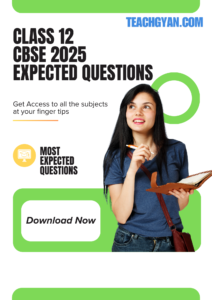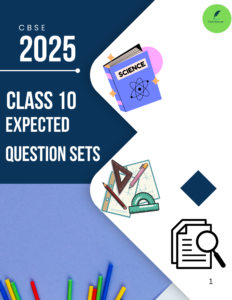Introduction
In today’s digital age, technology has become a vital tool in classrooms. It has transformed the way we learn and teach, making education more engaging and interactive. Teachers can use technology to create interactive lesson plans, design engaging activities, and provide online resources to their students. Here are five ways to incorporate technology in your lesson plans.
Interactive Presentations
Interactive presentations are an effective way to engage students and make learning fun. Use software like Nearpod or Prezi to create dynamic and interactive presentations that keep students engaged. You can add videos, quizzes, polls, and other interactive elements to your presentation to keep students engaged and motivated.
Interactive presentations can also be used to differentiate instruction. You can create personalized presentations for each student based on their learning needs and preferences. This will help students stay engaged and focused throughout the lesson.
Gamification
Gamification is the process of transforming learning into a game-like experience. Teachers can use gamification to motivate students, enhance their learning, and build their problem-solving skills. You can use game-based learning platforms like Kahoot, Classcraft, or Quizizz to create interactive and fun learning experiences.
Gamification can also be used to promote collaboration and teamwork. Teachers can create group projects, online competitions, and other collaborative activities that promote teamwork and critical thinking. This will help students develop important social and emotional skills that will serve them well in the future.
Online resources
Online resources are a great way to supplement your lesson plans and provide students with additional learning opportunities. You can use online resources like Khan Academy, TED-Ed, and Crash Course to provide students with videos, tutorials, and other resources that support your lesson plans.
Online resources can also be used to differentiate instruction. You can provide students with different resources based on their learning needs and preferences. This will help students stay motivated and engaged throughout the lesson.
Virtual Field trips
Virtual field trips are a great way to bring the world into your classroom. You can use online resources like Google Earth, Discovery Education, or Smithsonian Learning Lab to take your students on a virtual tour of different places around the world.
Virtual field trips can also be used to enhance your lesson plans. You can use them to introduce new topics, provide context for your lessons, or give students a more in-depth understanding of a particular subject.
Online collaboration
Online collaboration is an effective way to engage students and promote teamwork. You can use collaboration tools like Google Docs, Padlet, or Trello to create group projects, online discussions, and other collaborative activities.
Online collaboration can also be used to differentiate instruction. You can create different groups based on students’ learning needs and preferences. This will help students stay engaged and focused throughout the lesson.
Conclusion
Incorporating technology into your lesson plans can make your classes more engaging, interactive, and fun. By using interactive presentations, gamification, online resources, virtual field trips, and online collaboration, you can create a dynamic and personalized learning experience for your students.



